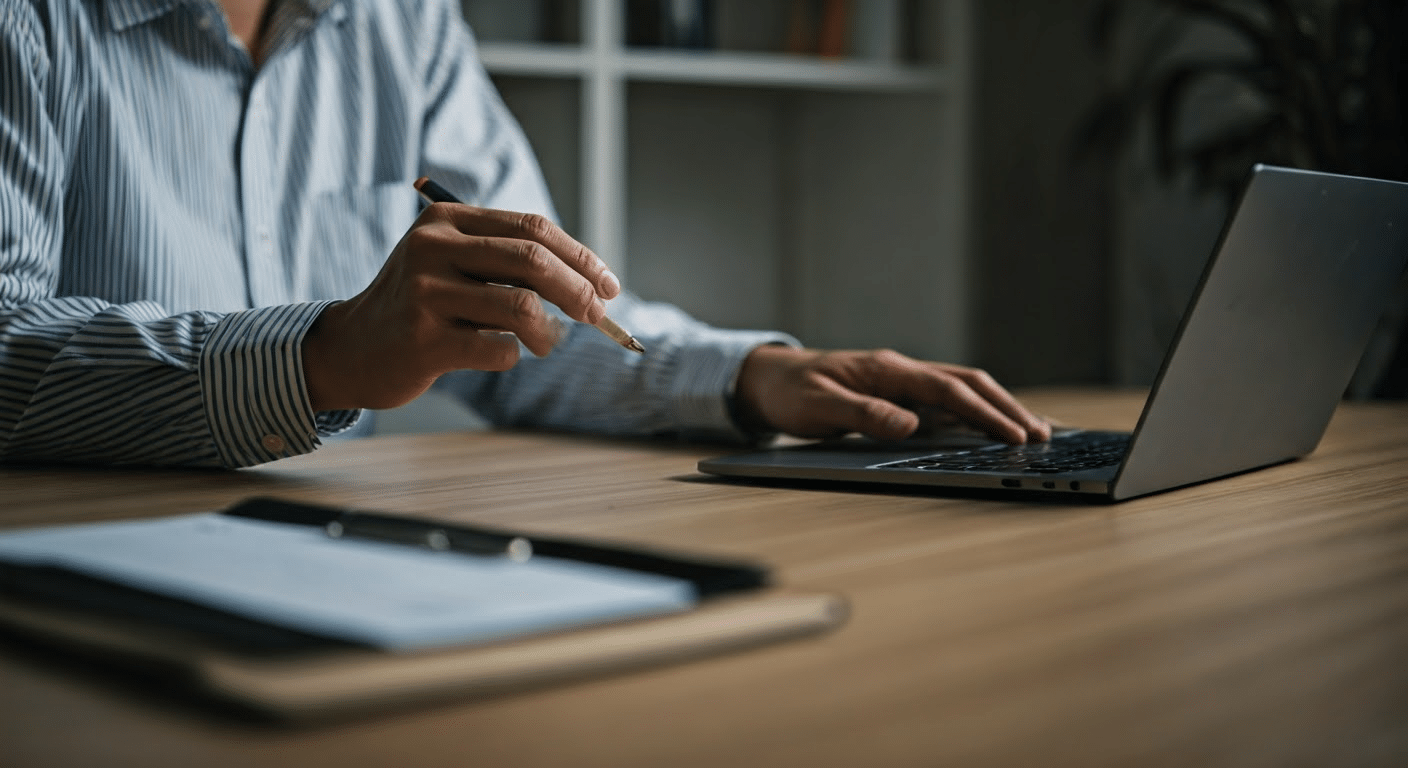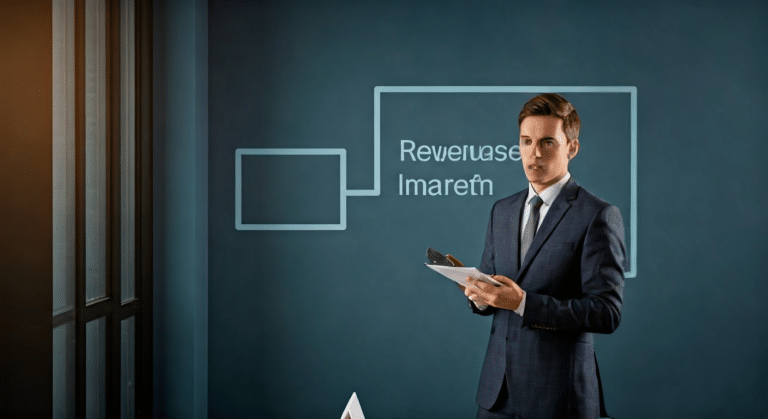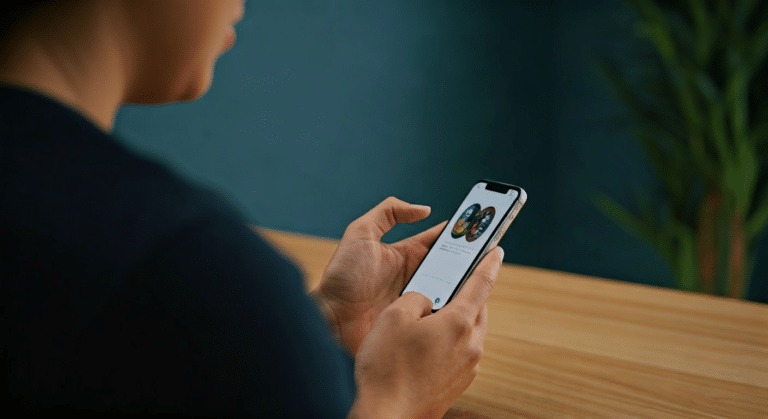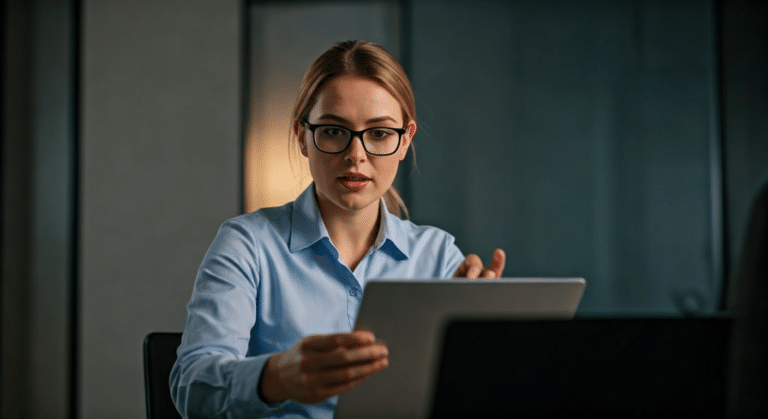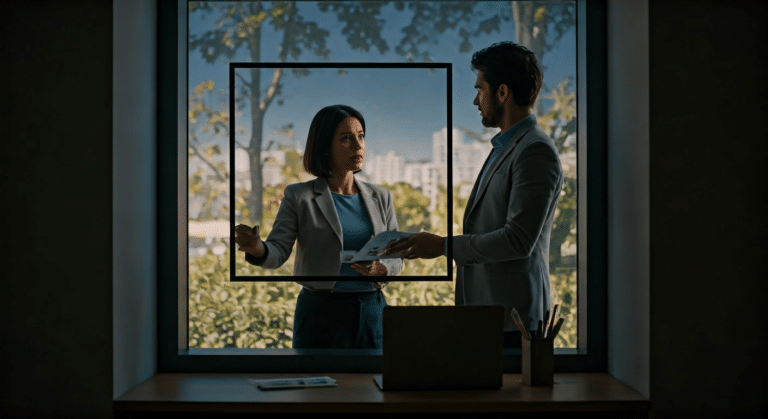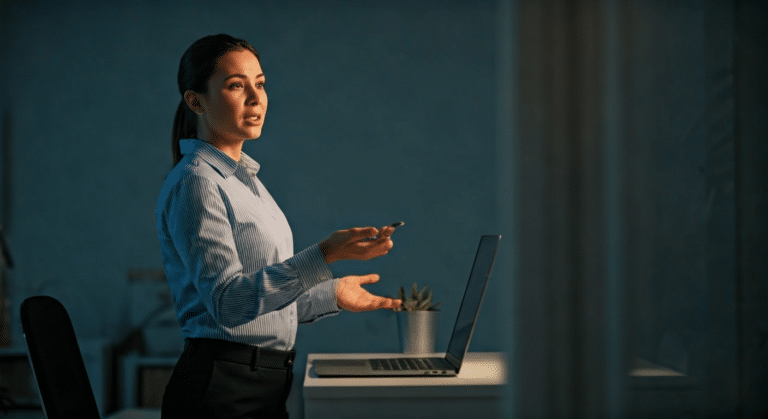Beyond Pixels: The Analytical Dive into Check Image Technology
Last Updated on March 4, 2025 by admin
I’ve always found it fascinating how technology allows us to effortlessly check images for authenticity and origin. In my experience, using a check image tool can be incredibly insightful. It’s like having a detective at your fingertips. I’ve tested various options, and reverse image search is a powerful method to uncover the truth behind any image. Each check image process reveals details that might otherwise go unnoticed. This naturally brings us to the importance of choosing the right site for a thorough check. By sharing my insights, I hope to guide you through mastering the art of image verification.
Introduction to Check Image Technology
I’ve found check image technology to be incredibly useful in my professional life. Imagine a situation where you need to verify the authenticity of an image. This is where tools like reverse image search become invaluable. They help confirm the originality of images, saving time and effort. I’ve often relied on Search to ensure images are genuine before using them in my projects.
What’s particularly interesting is how check image technology can streamline verification processes. During one project, I was tasked with checking hundreds of images for a client. Using reverse image search, I quickly identified duplicates, making my work far more efficient. This naturally brings us to the practical benefits of these tools. Reverse Image Search.
- Speeds up the process of verifying image authenticity
- Reduces the risk of using unlicensed or incorrect images
- Enhances overall project accuracy and reliability
Connected to this, check image technology is straightforward to use. I’ve tested various platforms, and most follow a simple process. You upload the image, and the tool checks its database for matches. The ease of use is a major advantage, eliminating the guesswork from image verification. This leads us to consider the future of check image technology and its potential to evolve further.
How to Use Google for Image Identification
In my experience, using Google for image check is incredibly intuitive. Whenever I need to identify an image or verify its source, I rely on Google Images. I’ve tested it numerous times, and it rarely disappoints. Best Reverse Image Search.
Here’s how I typically proceed with an image check using Google:
- Open Google Images in your browser.
- Click the camera icon in the search bar to upload an image or paste a URL.
- Review the search results to check for similar images or related information.
What’s particularly interesting is how Google offers multiple ways to refine your image check. I often use filters to narrow down results based on size and color. This leads us to another useful feature: searching by keywords related to the image. I’ve found that adding descriptive keywords can improve accuracy.
Building on this, I recommend using Google Lens for a more interactive image check. Google Lens can identify objects within an image, providing more context and details. In my experience, this tool is especially helpful when I need to check images of unfamiliar objects or landmarks.
Connected to this, remember to double-check any information Google provides. While it’s a powerful tool, it’s not infallible. Cross-referencing results ensures you have the most accurate details.
Understanding Check Image Technology
I’ve used check image technology extensively in my career, and it’s fascinating how it streamlines financial processes. The first time I encountered it, I was skeptical about its accuracy and reliability. However, after testing it in various scenarios, I found it to be a game-changer for managing checks efficiently. Image Recognition App.
Check image technology works by digitizing physical checks, making the entire process faster and more secure. In my experience, this has reduced the time I spend handling checks significantly. Here’s how it benefits users:
- Speeds up processing by eliminating the need for physical transportation of checks.
- Enhances security with encrypted digital images.
- Facilitates easy access and retrieval of check records.
Building on this, one memorable experience was when I implemented check image technology at a small business. The owner was amazed at how quickly transactions were processed. It was a relief to see fewer errors in the system, improving the overall efficiency of operations.
This leads us to the seamless integration with mobile banking. I’ve found that mobile apps equipped with check image capabilities allow users to deposit checks by simply taking a picture. This convenience has transformed how many handle checks daily.
What’s particularly interesting is the continuous improvement of this technology. Companies constantly update their systems, enhancing accuracy and security. In my opinion, embracing check image technology is essential for anyone dealing with numerous checks. It’s a step towards a more efficient, reliable, and secure financial process.
Checking Image Usability and Copyright
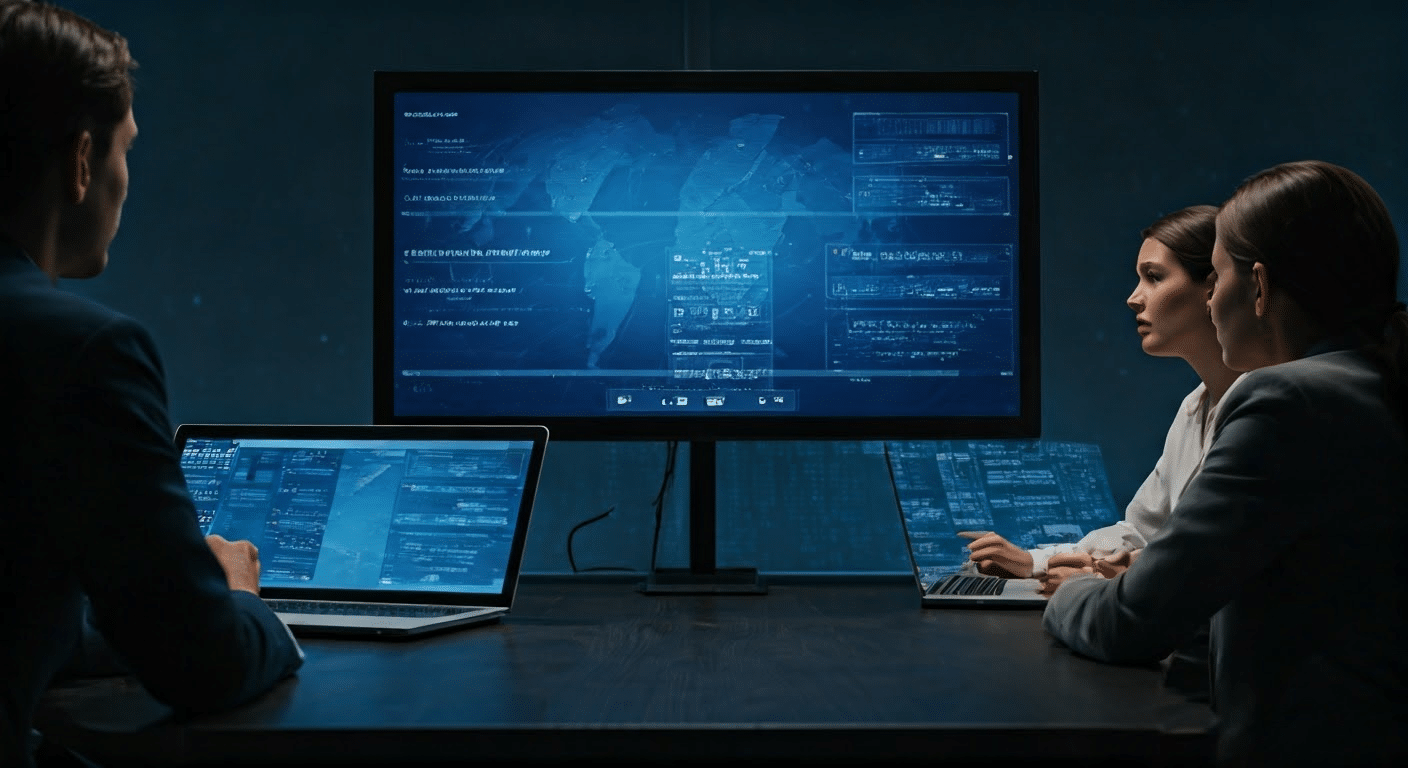
I’ve found that checking an image’s usability and copyright is essential before using it in any project. In my experience, overlooking these steps can lead to unwanted legal issues. I’ve learned to prioritize this process by developing a reliable checklist. Photo Idententifier.
- Check the source: I always start by checking the source of the image. Reliable sites often provide clear licensing information.
- Usage rights: I check if the image is marked for public use, modification, or commercial purposes.
- Attribution: If an image requires attribution, I ensure it’s properly credited, maintaining professional integrity.
Building on this, using tools like reverse image search can confirm an image’s originality. I’ve tested this method, and it helps identify if the image is widely used or if there are copyright claims.
- Upload the image: I upload the image to a reverse search engine.
- Analyze results: I check for the original creator and any existing copyrights.
This naturally brings us to another aspect—image quality. I recommend checking the resolution to ensure it suits my project’s needs. Low-quality images can detract from the message. In my projects, I often find that a clear, high-resolution image enhances engagement significantly. By following these steps, I’ve managed to avoid potential pitfalls. Checking these elements ensures that the images I use are both legally compliant and professionally suitable.
Future Trends in Image Verification
In my experience working with check image verification, I’ve seen exciting trends emerging. These advancements promise to enhance accuracy and security. One significant trend is the integration of artificial intelligence. AI algorithms are getting smarter at recognizing patterns and anomalies in check images. This leads us to a more robust fraud detection system. Picture Identifier.
I’ve tested some of these AI-driven tools. They can identify minute discrepancies in check signatures and watermarks. This naturally brings us to another trend: the rise of cloud-based solutions. Cloud platforms offer scalable services that accommodate fluctuating check verification demands. They also ensure that data is accessible and secure.
- AI-enhanced pattern recognition
- Cloud-based scalability and security
- Real-time data processing
Building on this, real-time processing is becoming a standard. It allows for instant verification of check images, reducing the wait time for Ai Image Recognition. I’ve found this particularly useful in high-volume transaction environments. This leads to improved customer satisfaction and operational efficiency.
Connected to these trends is the focus on user-friendly interfaces. As I’ve explored various platforms, those with intuitive designs stand out. They allow users to easily upload and verify check images without needing extensive training. This trend in user-centric design is reshaping how businesses handle checks, making the process smoother and more reliable.
